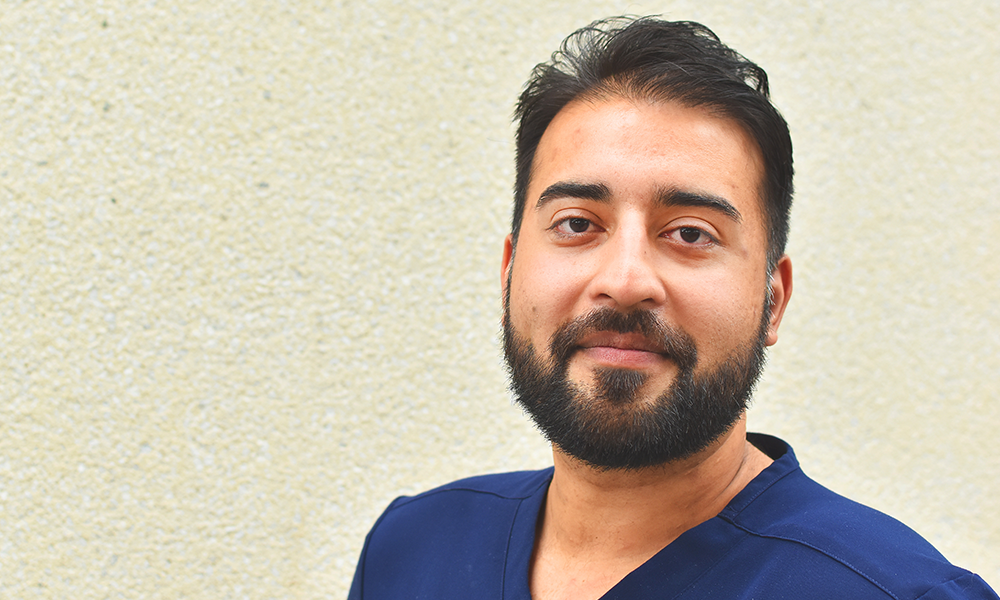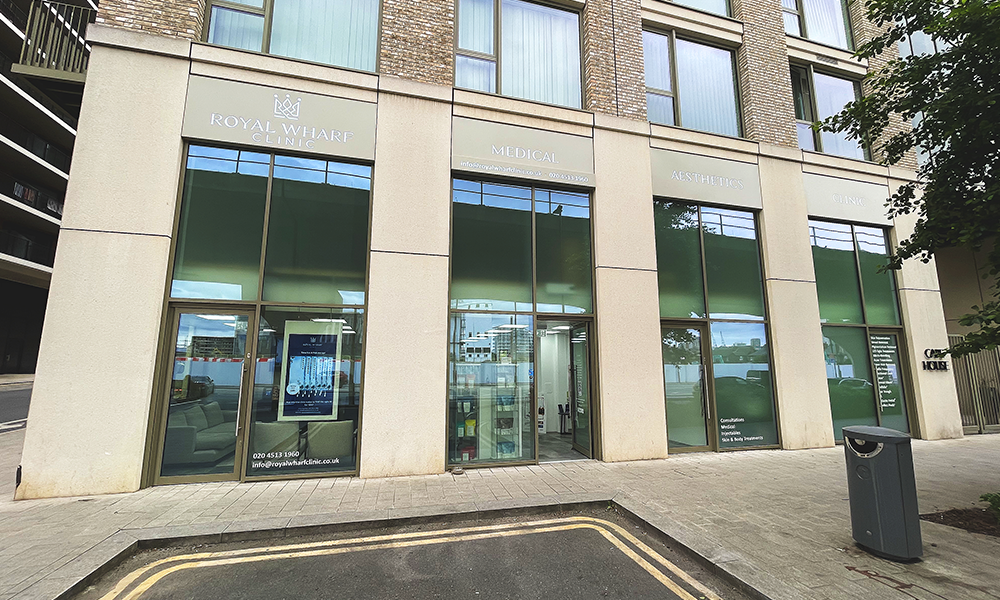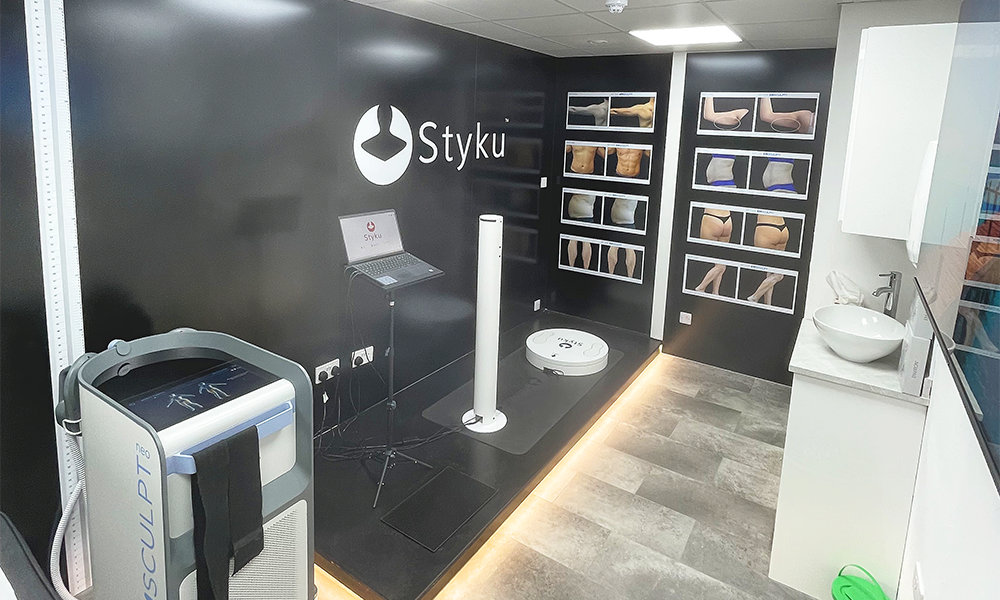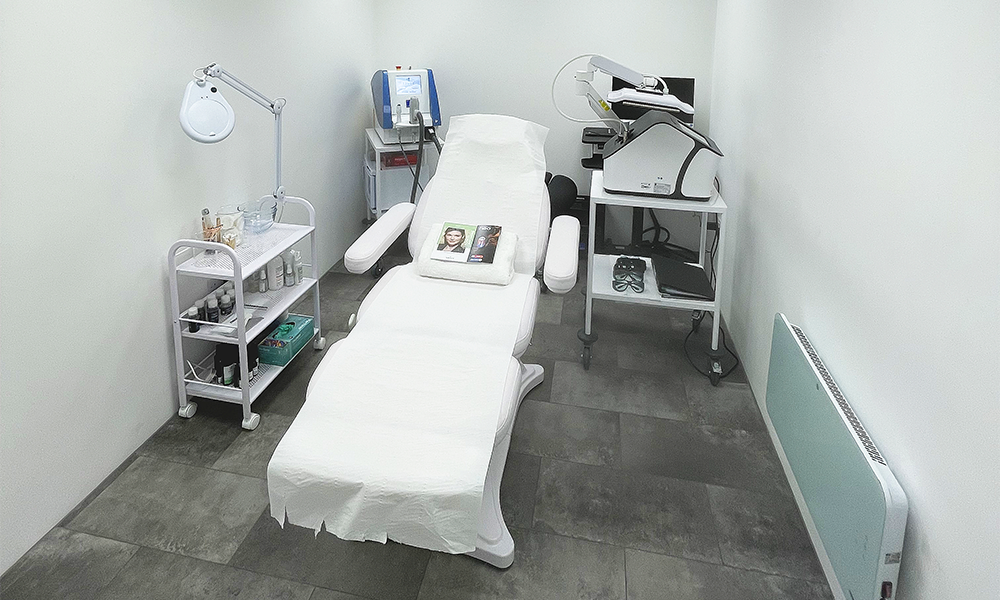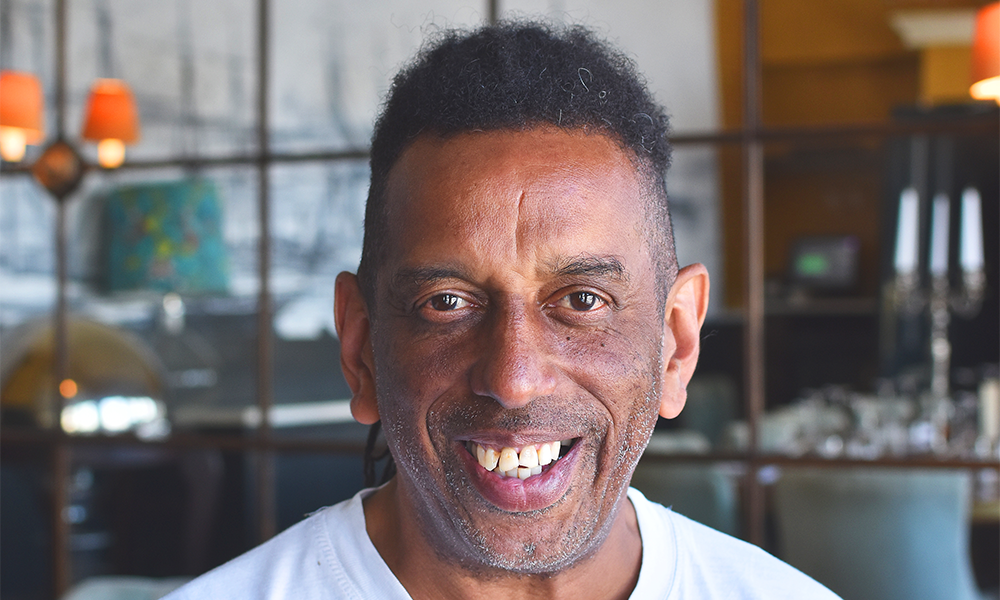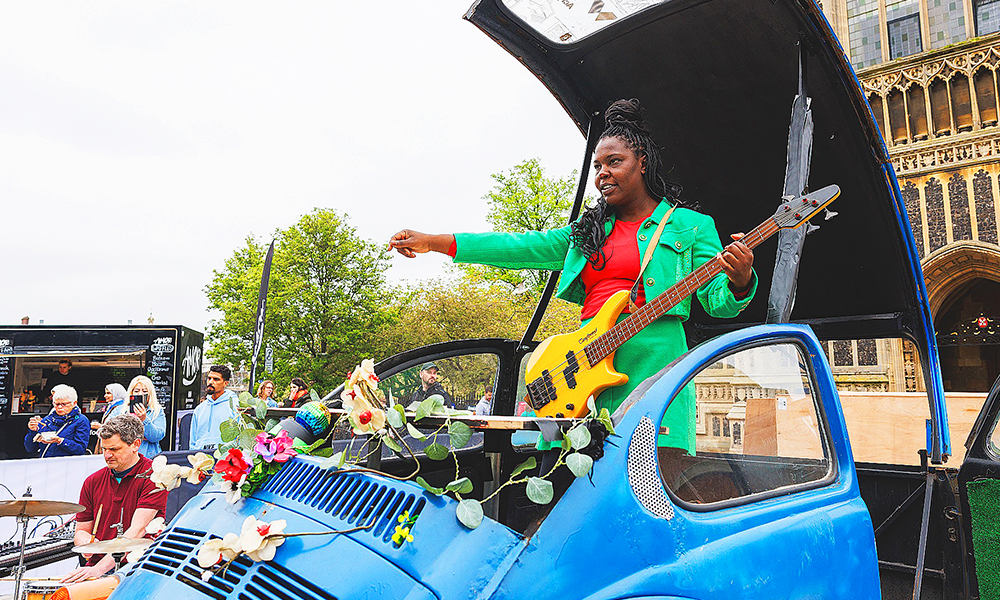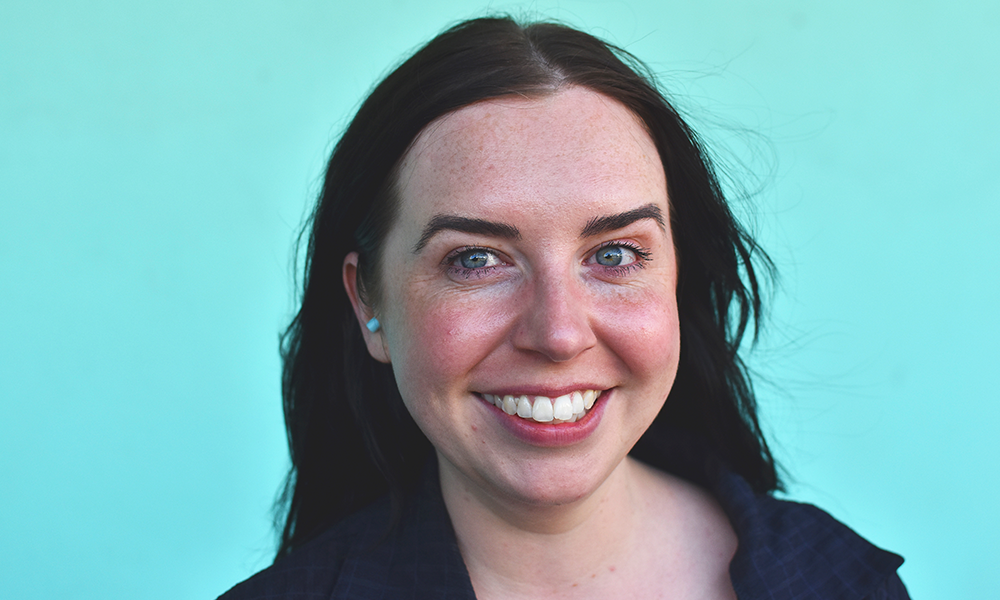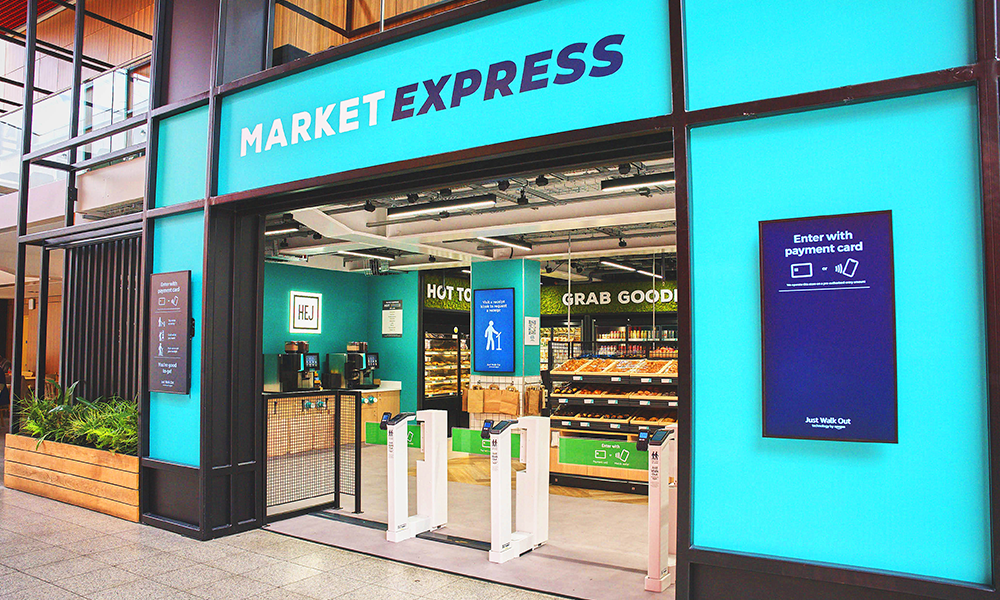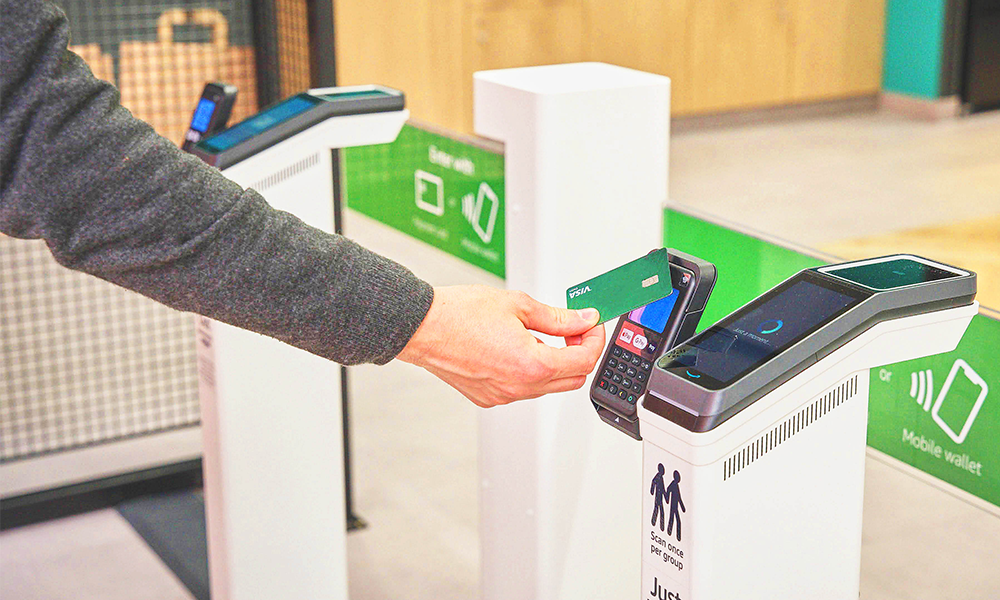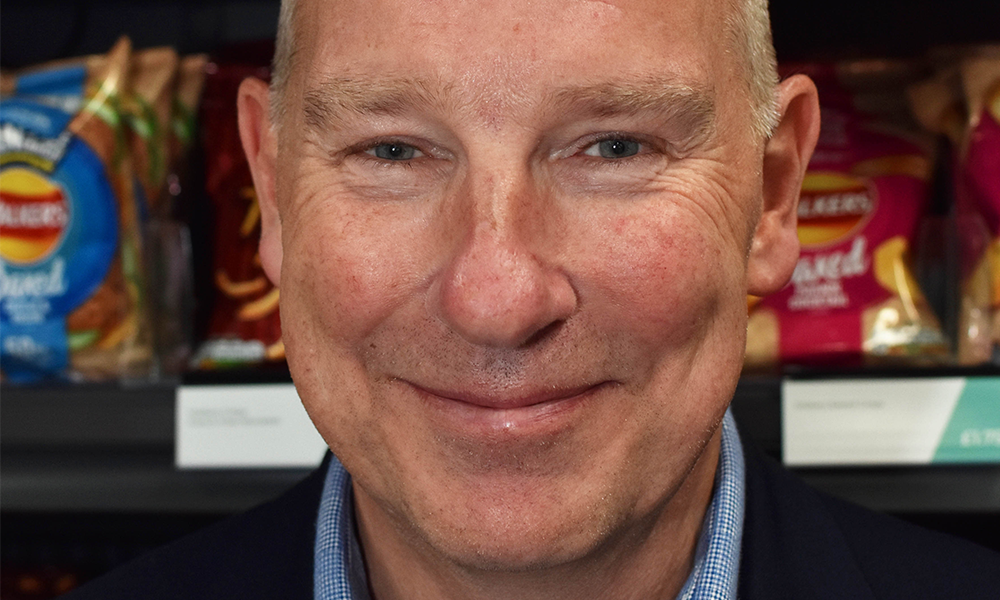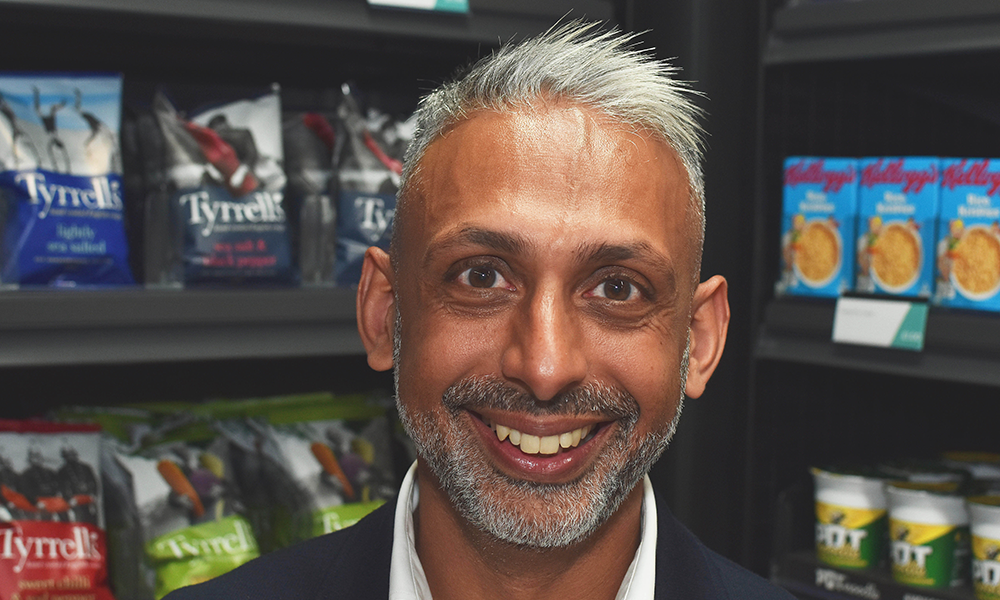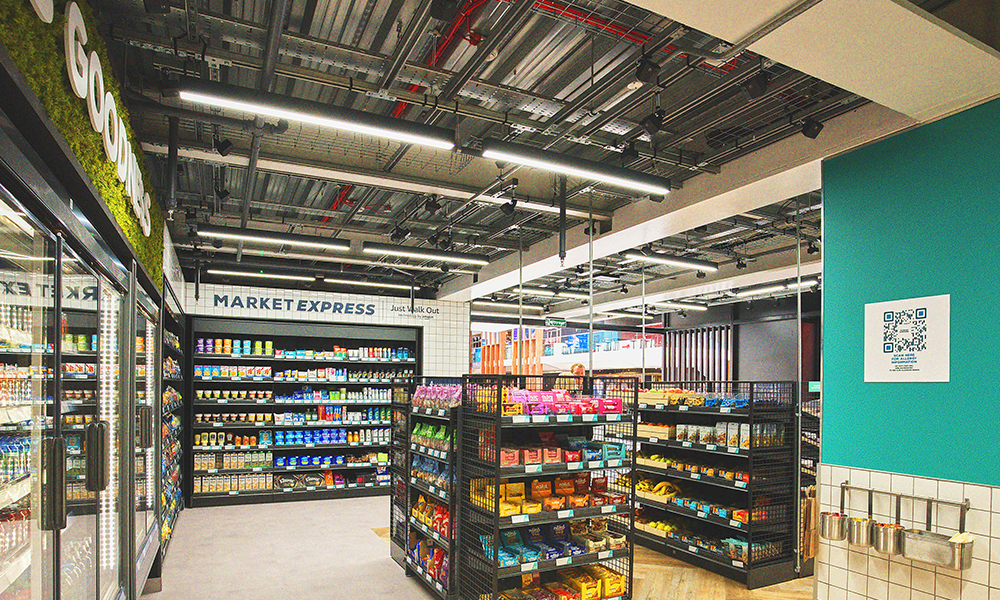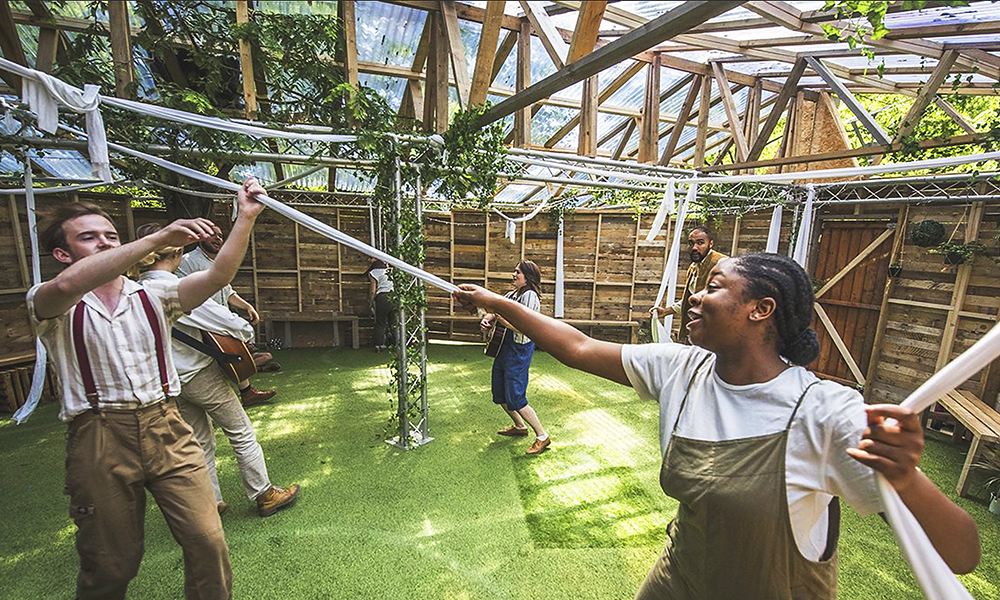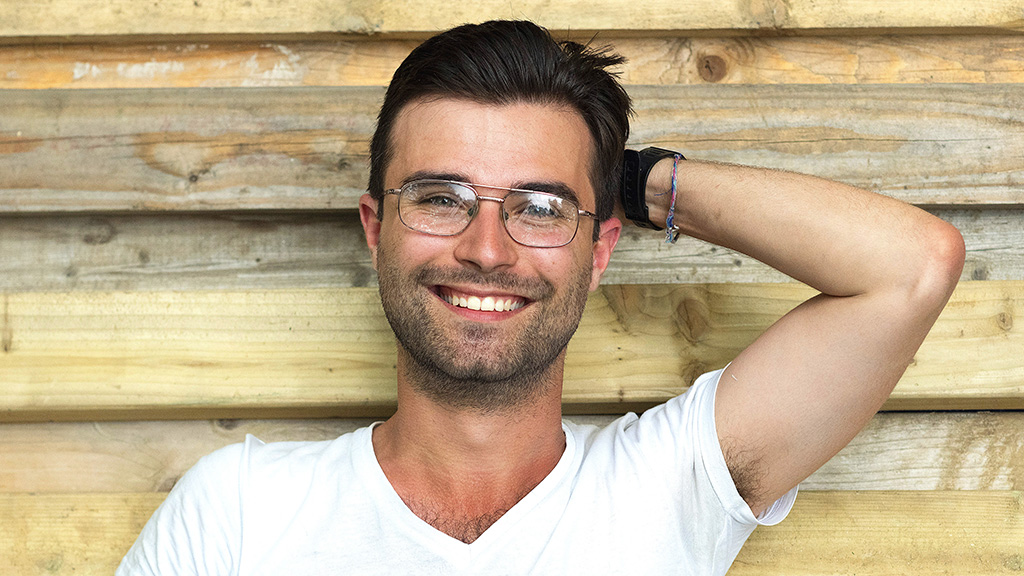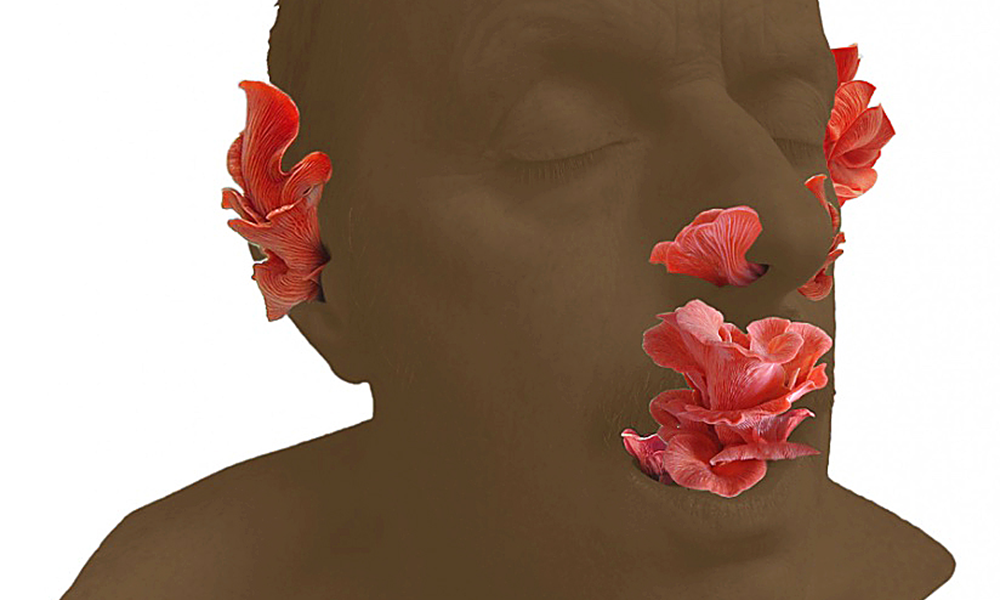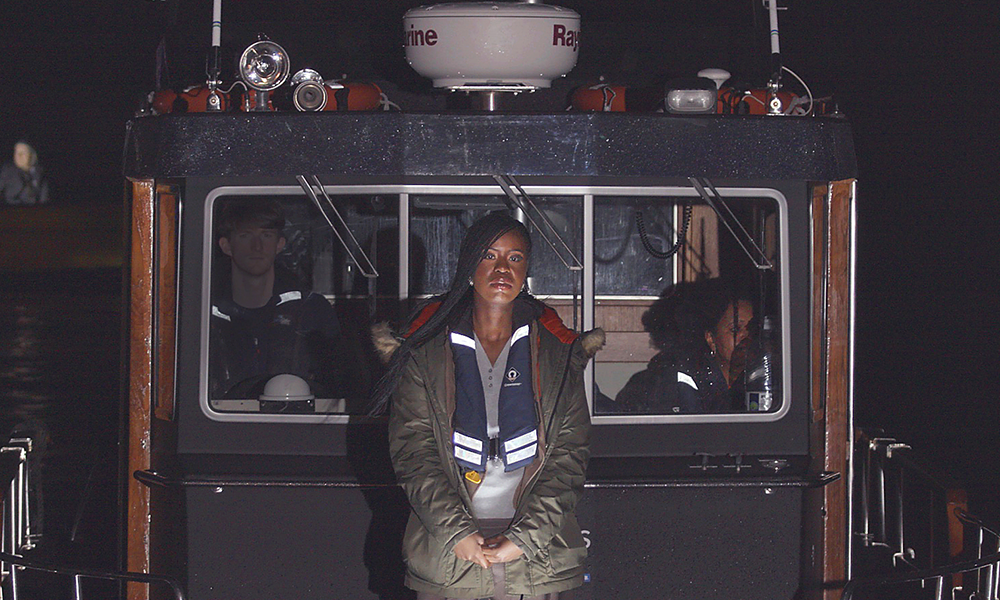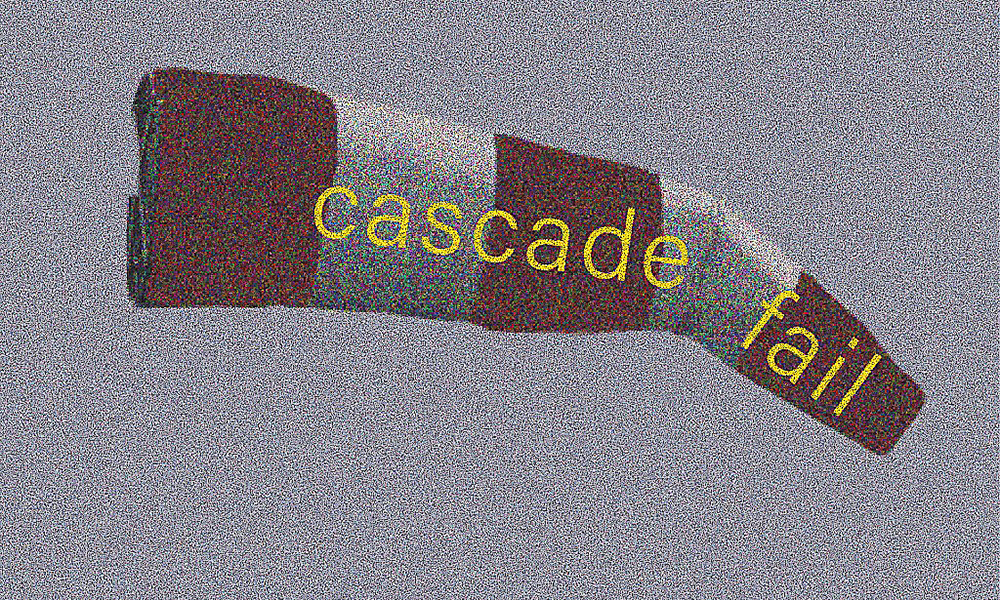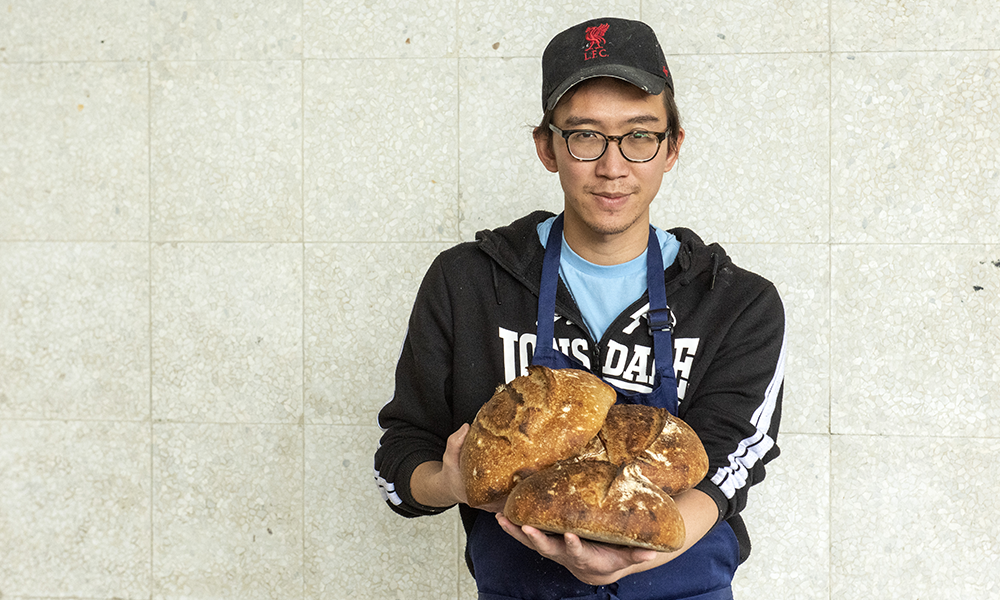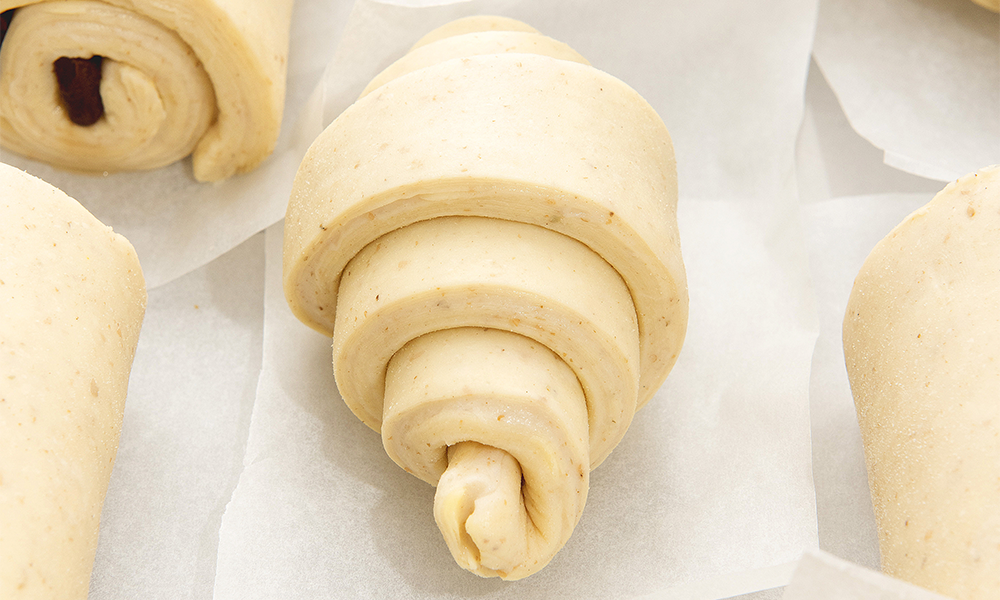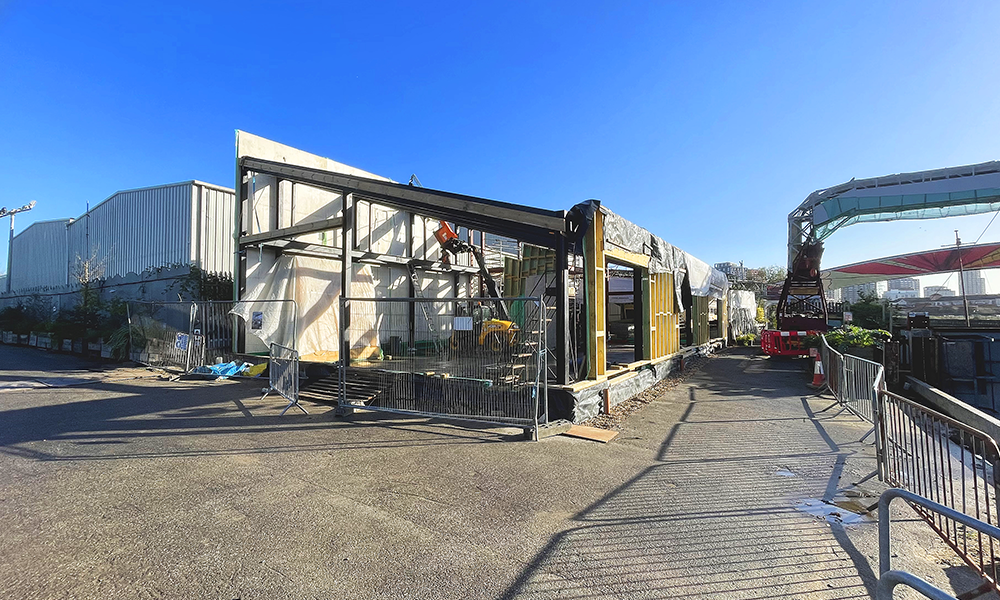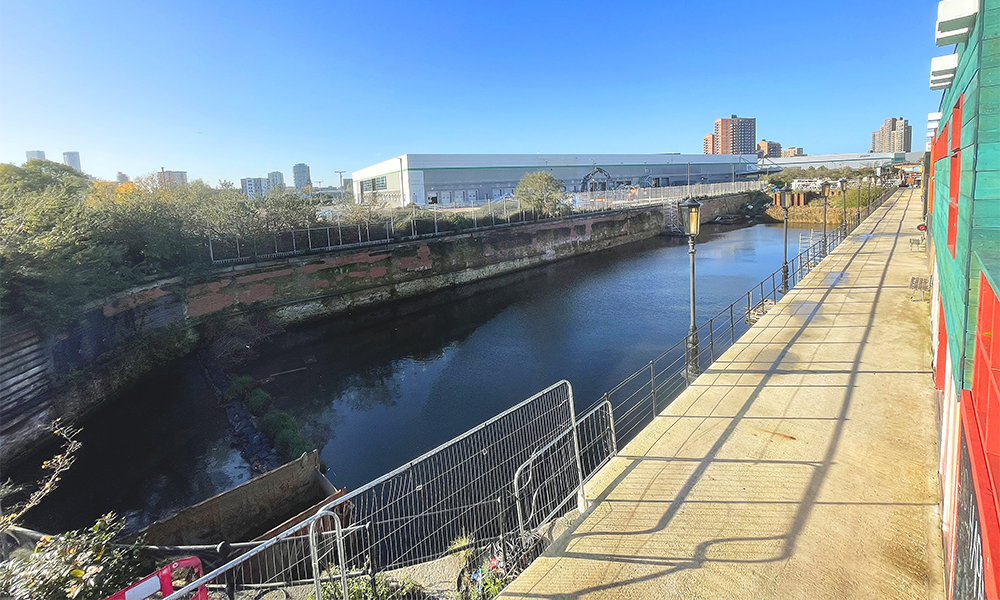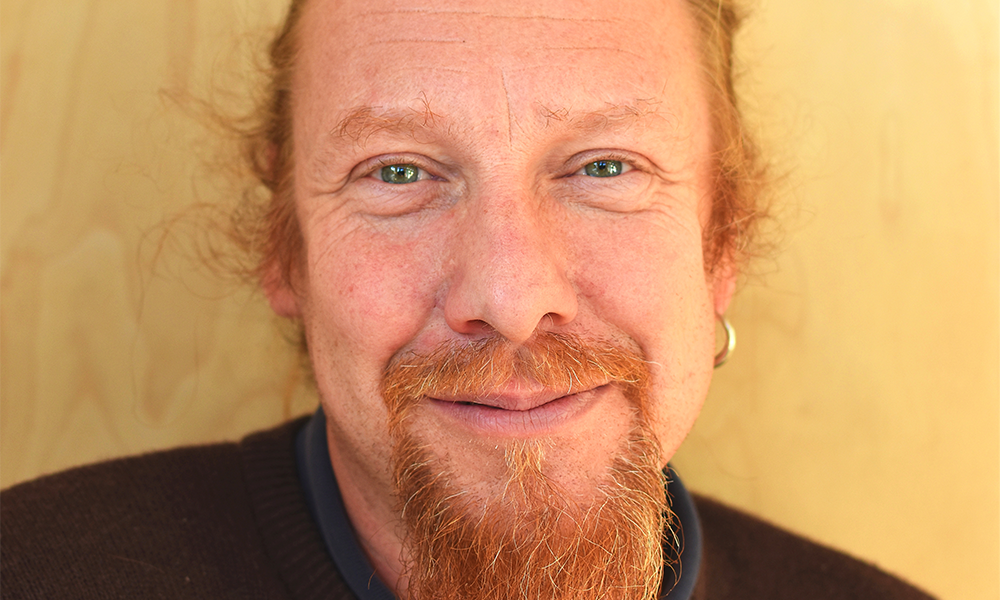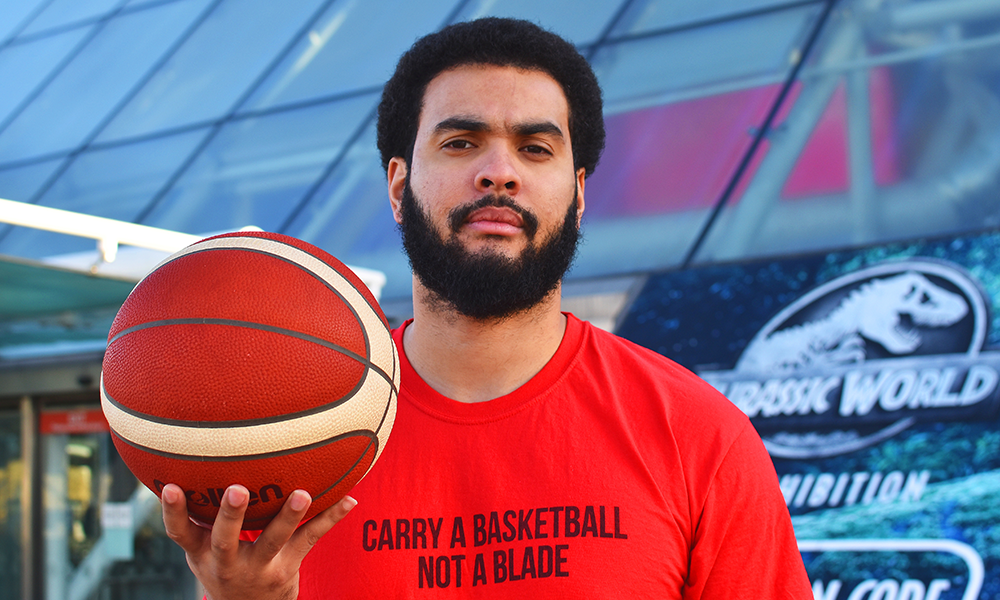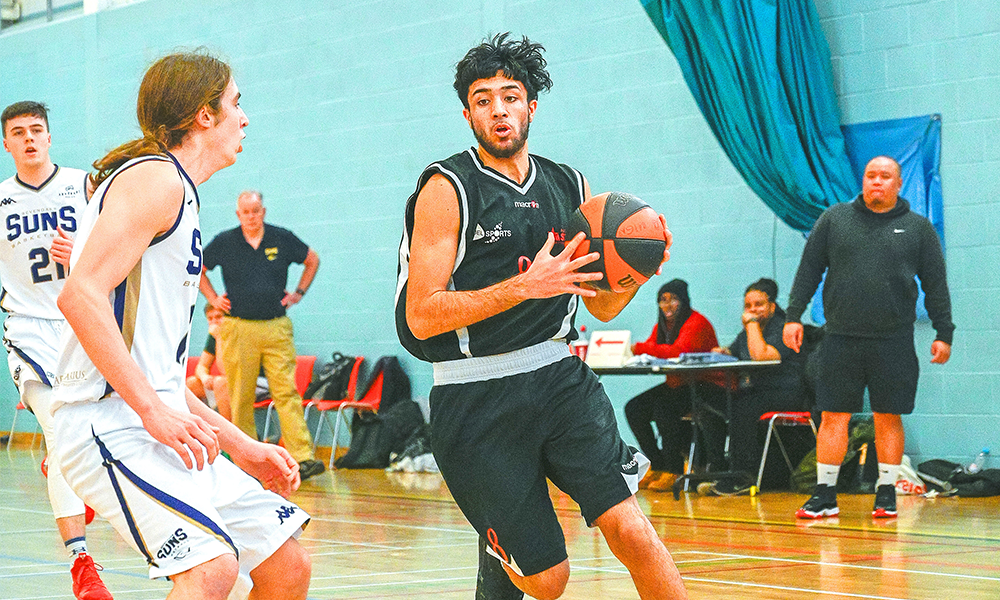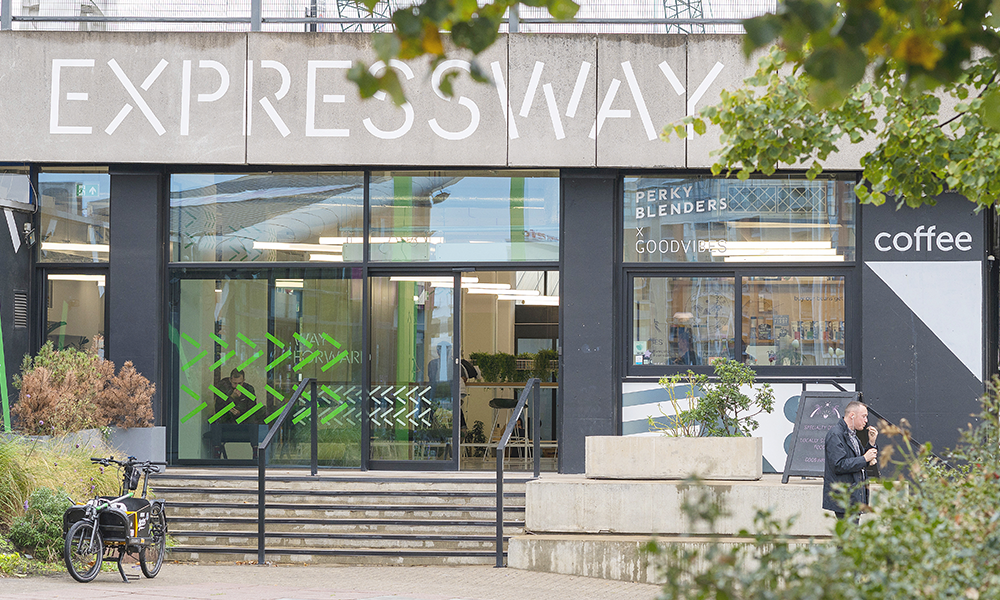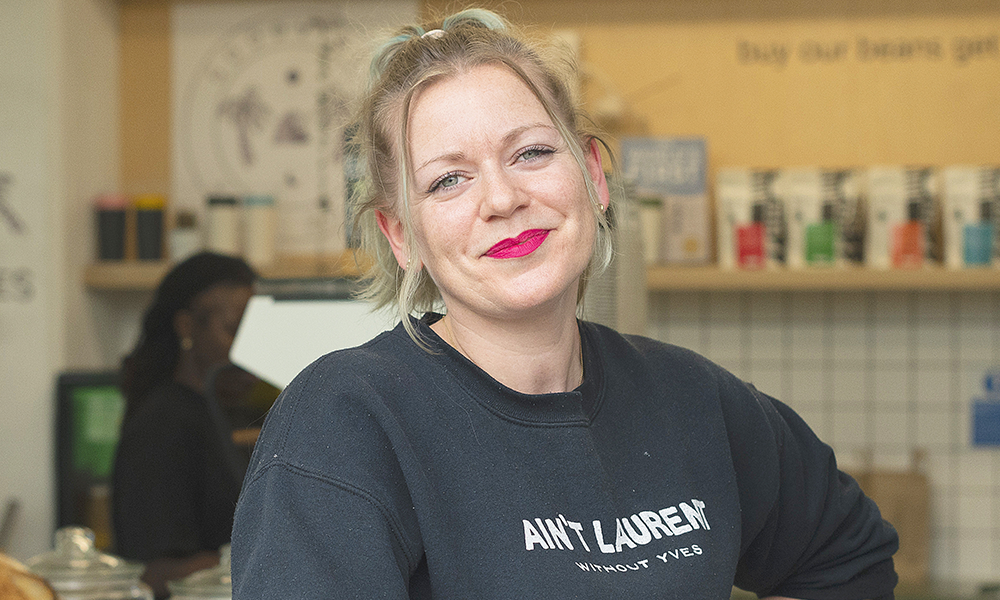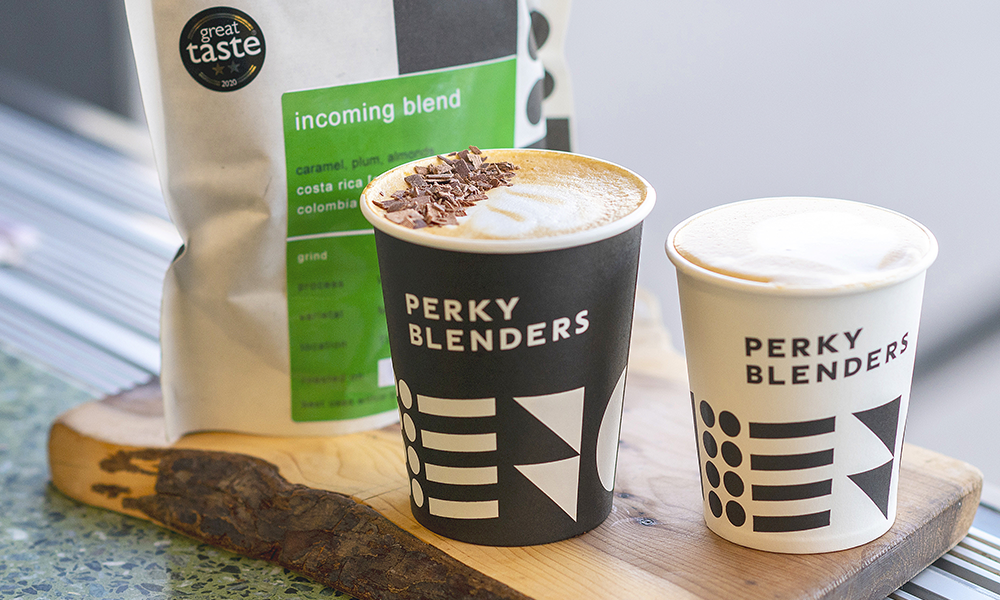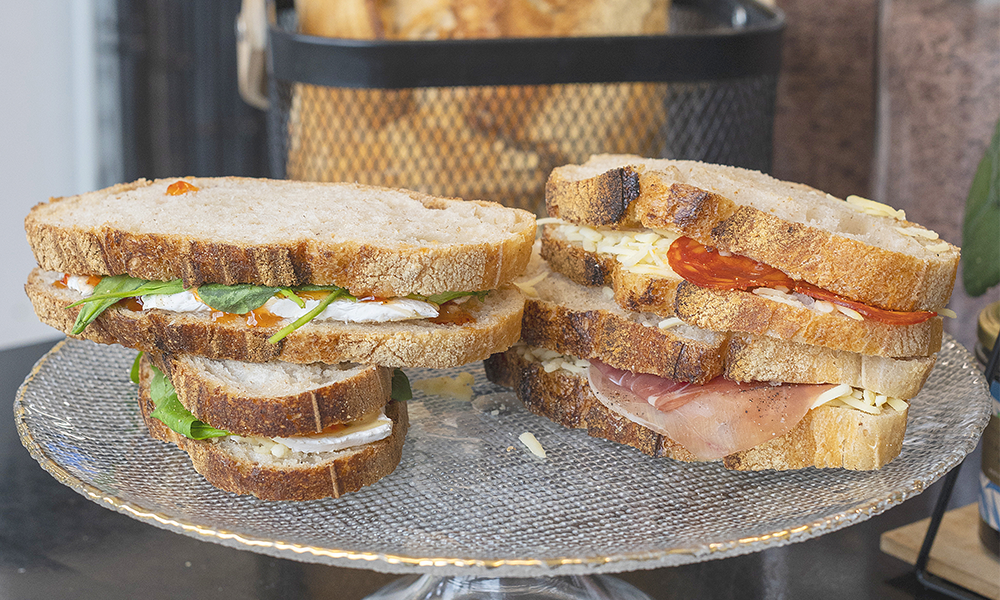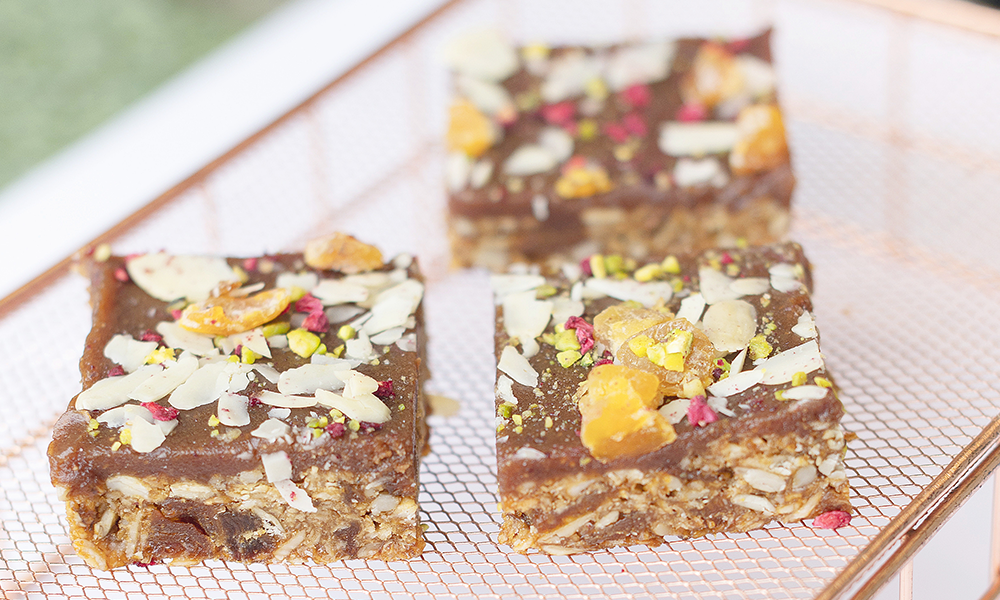Royal Docks brewery expands with Brunel Street Works taproom and new site at The Factory Project
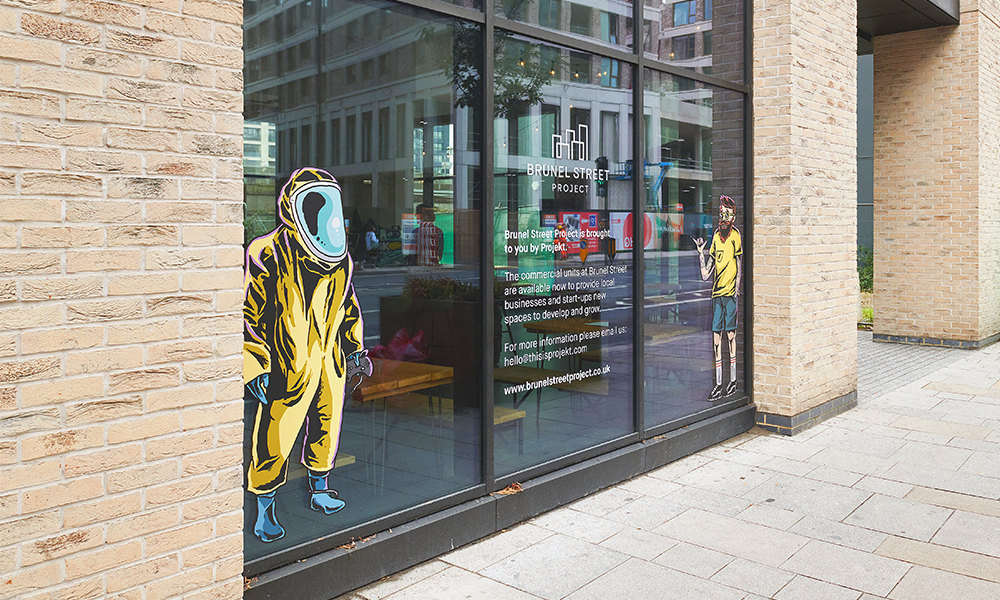
Subscribe to our free Wharf Whispers newsletter here
Power is the thing on the mind of Christiaan Van Der Vyver.
The co-owner of Husk Brewing Ltd is a laid back, jovial man, but there’s at least mild frustration that he’s currently unable to make beer.
Formerly located in a unit under the Silvertown Way flyover, the business has had a challenging few years.
Founded in Royal Docks in 2015, it built a passionate local following and had upgraded its taproom with a mezzanine and permanent food offering just in time for the pandemic to shut everything down.
Then the spur of North Woolwich Road outside its door was closed for work on the Silvertown Tunnel, shutting off crucial footfall and custom from passing cyclists.
“We thought it would just be for one year and we could have survived that – but it turned out it was six and then the location didn’t make sense any more,” said Christiaan, who runs the business with his wife Marta.
Then some good fortune.
The couple were increasingly sceptical about full relocation to The Factory Project because of its comparatively remote location on the Tate & Lyle site in North Woolwich.
However, the scheme’s CEO, Nick Hartwright, revealed he’d taken on commercial spaces at Brunel Street Works right next to Canning Town station.
It was settled. The brewery would open at The Factory Project and supply a new taproom on a bustling street in a densely populated location.
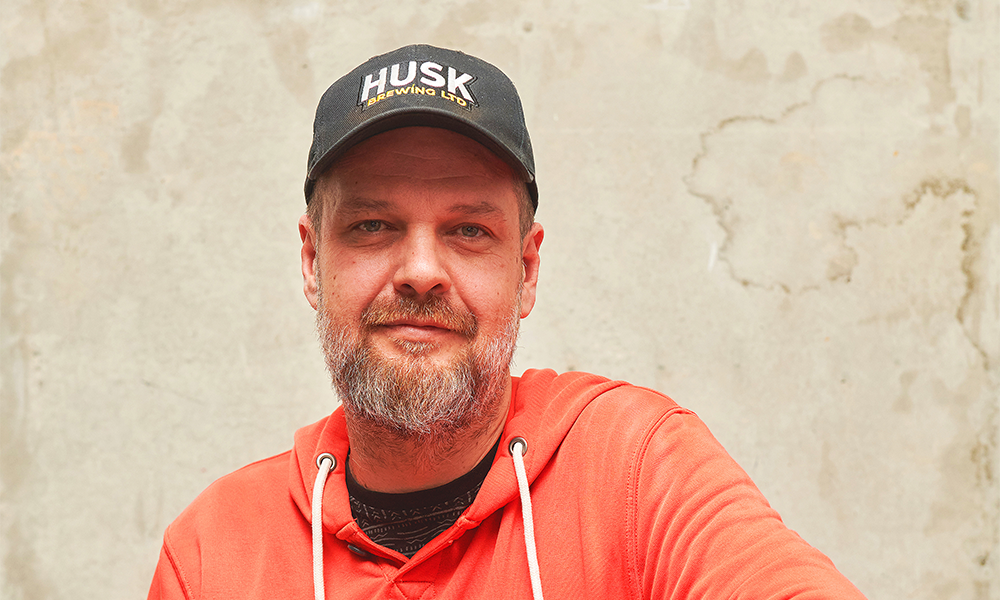
A few weeks ago, Husk opened its new taproom at the location and is very much looking to the future.
The only catch so far is that, until the National Grid hooks up a high voltage power supply, the brewery can’t make any beer, so it’s currently having to buy in kegs from elsewhere.
Delays notwithstanding, though, the early signs are very positive and there’s a lot more to come.
“There have been a lot of delays – but in the end we love the new taproom,” said Christiaan.
“It’s a big, open space and we’re running it at the moment as a 40-seater while we build up a bigger team.
“Then we can bring that up to 70 seats.
“We’ve got regulars coming almost every day and we have people who have followed us from our previous location.
“We’ve always been a community-minded business and we’ve got to know everybody in the area.
“There are some amazing people here, very diverse – we attract a really mixed crowd from people in their 20s to their 70s.
“We love this community and it’s interesting to see how it’s growing and changing. When I first came here, none of these residential buildings existed.
“It was just dilapidated old warehouses. It’s been transformed – it seems like it takes only a year to build a tower these days.”
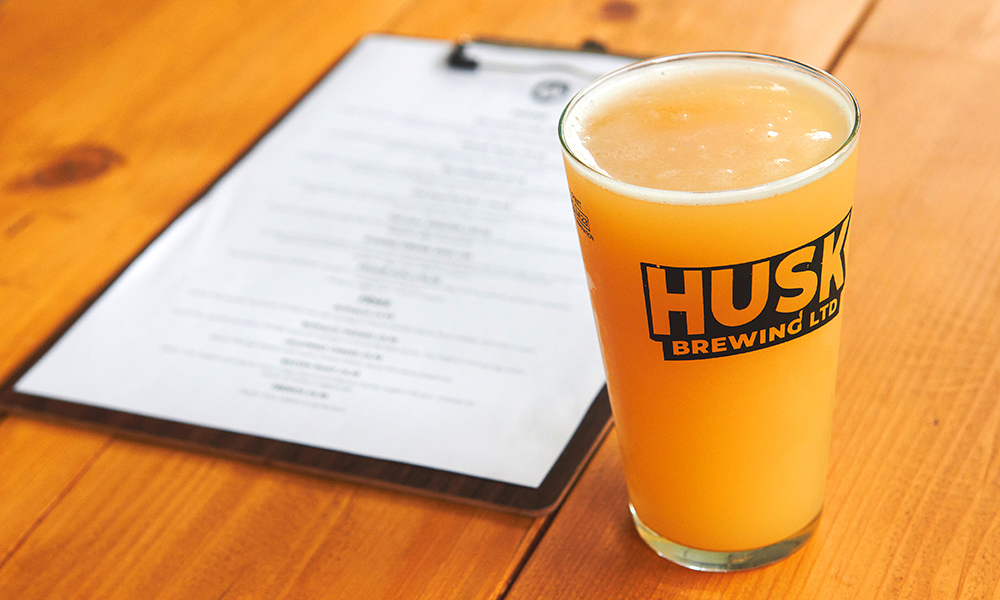
With the neighbouring Brunel Street Works marketing suite set to be removed, Husk will have the opportunity to expand into landscaped outdoor space with plans for an American-style smoker.
It’s also expected that TfL will open an access point to Canning Town station that’s practically at the venue’s back door, ensuring even greater footfall.
For now, though, the focus is on serving up pints, with Marta heading operations in the kitchen to produce sustaining burgers and portions of fries, both with a multitude of toppings.
“We make great beer but we also wanted to do food,” said Christiaan, who came to the UK from South Africa in 1996 and used to run a nightclub and late night restaurant in South Kensington.
“We wanted to offer something that complements beer, and burgers are a perfect choice for that.
“We buy all our meat from small producers who rear rare breeds of British cows, which are allowed to graze naturally.
“For our patties, we mix in 5% bone marrow to help intensify the flavour of the meat and the juiciness.
“We can run at a lower profit margin, making sure the prices are reasonable by subsidising our sales with what we make on the beer.”
While Husk is currently buying in tipples from other craft producers, Christiaan can’t wait to get making the stuff again, having acquired extra capacity from the demise of Three Sods Brewery in Hackney.
The taproom is very much a temple to its creations, with mascots of beers such as Dock Life Pale Ale, Lockdown Sour and Delivery Tax Saison adorning its windows.
Independent brewers have had a tough time lately, with Brexit and a changing marketplace seeing many close their doors.
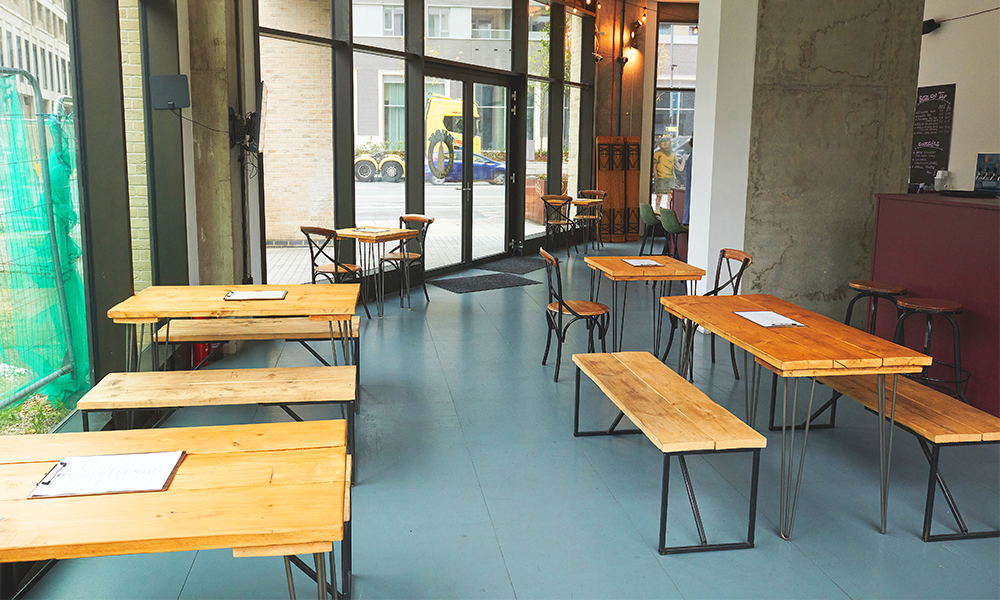
With strong demand at the new site, however, Christiaan is optimistic.
“The whole market has changed, but making sure you’re the right size has always been a tricky one,” he said.
“Before, they used to say that you should get as big as you can, but the problem is that if you get a 10 or 20 barrel brewery, you would need to shift 200 kegs just from one batch of one beer.
“If you’re selling to craft pubs, then they want a range, so they’ll only take a couple of kegs of one beer.
“If you’re smaller, like us, you can brew more styles and it’s easier to sell the product.
“It’s also a problem if you’re selling to mainstream pubs because many are tied to breweries.
“If they’re worried about their targets, then they will close their lines to smaller producers to ensure they hit their targets for their two-year contracts.
“These days you have to have a taproom to survive and then it becomes about how many sites you can open.
“When we’re up and running at The Factory Project, we’ll be able to produce 8,000 pints a week, so then we’ll start looking for a site for another taproom.
“That’s really what we want to do.
“We’d love that to be close by because we live in Britannia Village in Royal Docks and I love that I can cycle to work.”
With craft beer breweries increasingly being swallowed up by big business – think Beavertown, Meantime and Camden – it’s refreshing to find one that’s making it work in east London.
- Husk is currently on the lookout for staff, including chefs for its taproom in Canning Town.
Contact details are available on the brand’s website.
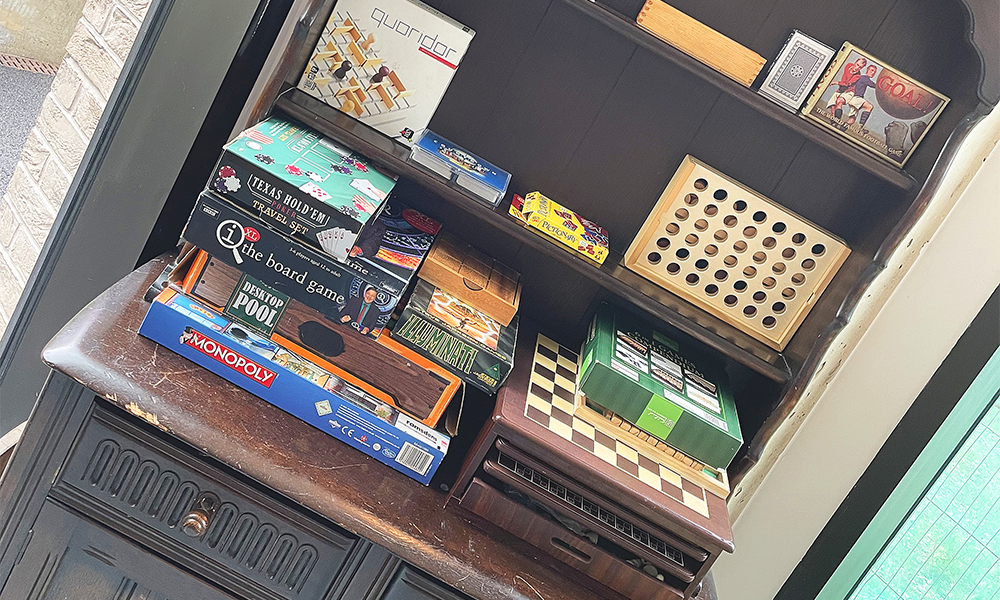
Read more: Sign up for the Santa Stair Climb at One Canada Square
Read Wharf Life’s e-edition here
Subscribe to our free Wharf Whispers newsletter here
- Jon Massey is co-founder and editorial director of Wharf Life and writes about a wide range of subjects in Canary Wharf, Docklands and east London - contact via jon.massey@wharf-life.com




